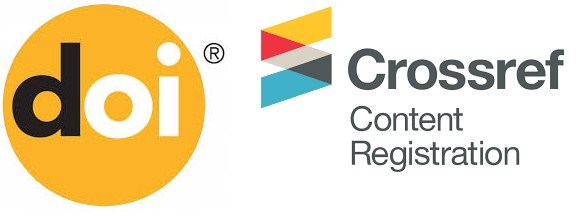THE UTILIZATION OF LOOSE PARTS MEDIA IN STEAM LEARNING FOR EARLY CHILDHOOD
Abstract
Keywords
Full Text:
PDFReferences
Ata Aktürk, A., Demircan, H. özlen, Şenyurt, E., & Çetin, M. (2017). Turkish early childhood education curriculum from the perspective of STEM education: A document analysis. Journal of Turkish Science Education, 14(4), 16–34. https://doi.org/10.12973/tused.10210a
Tippett, C. D., & Milford, T. M. (2017). Findings from a Pre-kindergarten Classroom: Making the Case for STEM in Early Childhood Education. International Journal of Science and Mathematics Education, 15, 67–86. https://doi.org/10.1007/s10763-017-9812-8
Siantajani, Y. (2018). Playing with loose parts. Modul (tidak diterbitkan).
Herro, D. and Quigley, C. (2016), Innovating with STEAM in middle school classrooms: remixing education, On the Horizon, Vol. 24 No. 3, pp. 190-204. https://doi.org/10.1108/OTH-03-2016-0008
Han, S., Rosli, R., Capraro, M. M., & Capraro, R. M. (2016). The effect of Science, technology, engineering and mathematics (STEM) project based learning (PBL) on students’ Achievement in four mathematics topics. Journal of Turkish Science Education, 13(Specialissue), 3–30. https://doi.org/10.12973/tused.10168a
González, H.B., & Kuenzi, J.J. (2012). Science, Technology, Engineering, and Mathematics (STEM) Education: A Primer [August 1, 2012].
Yakman, G., & Lee, H. (2012). Exploring the Exemplary STEAM Education in the US as a Practical Educational Framework for Korea. Journal of Korea Association Science Education, 32(6), 1072-1086.
Haughey, S., & Hill, N. (2017). A Start Up Guide Loose Parts : A Start-Up Guide. 1–27. www.fairydustteaching.com
Kiewra, C., & Veselack, E. (2016). Playing with Nature: Supporting Preschoolers’ Creativity in Natural Outdoor Classrooms. International Journal of Early Childhood Environmental Education, 4(1), 70-95.
Refbacks
- There are currently no refbacks.

1.png)









